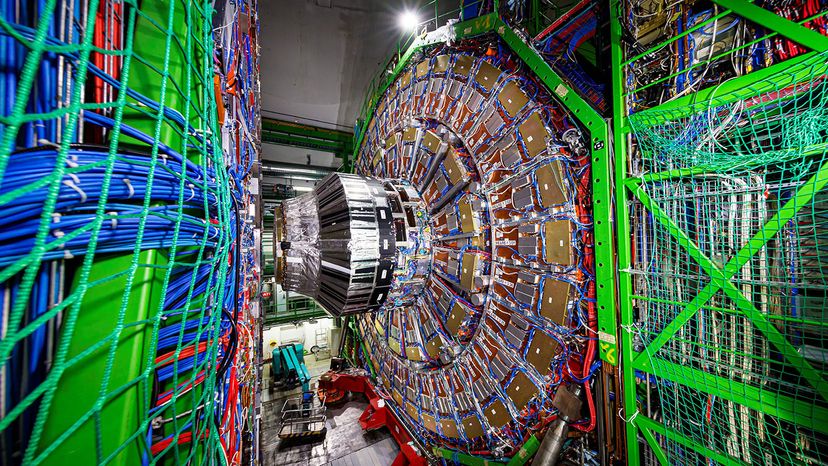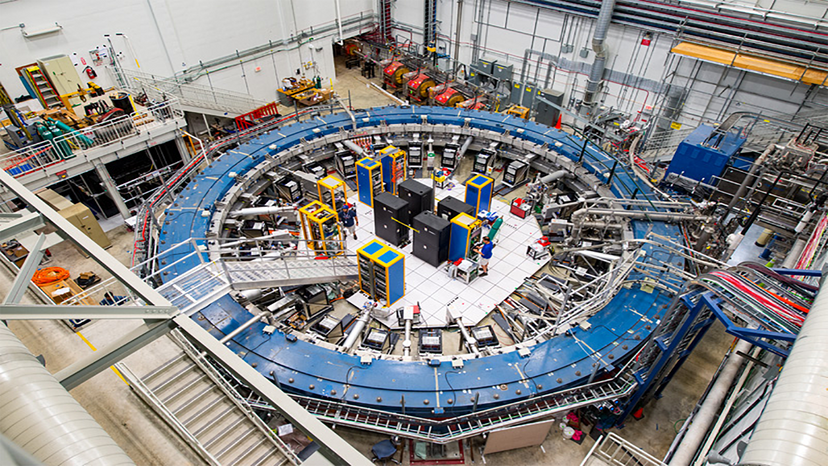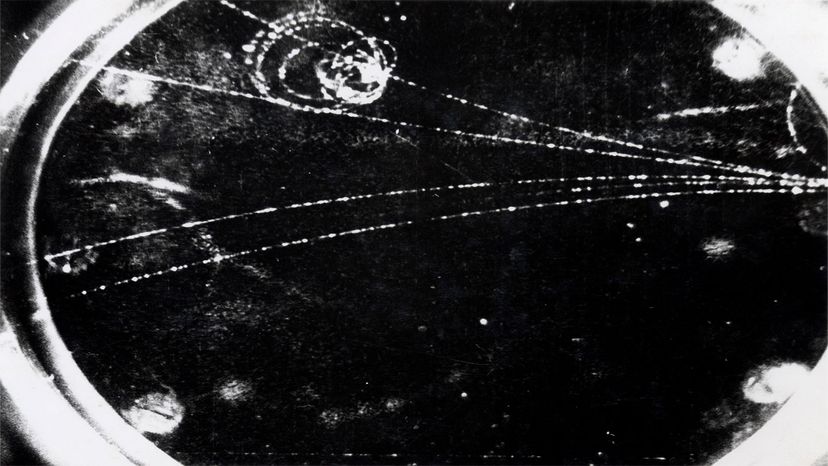
Key Takeaways
- Muons are elementary particles similar to electrons but with greater mass.
- They are created naturally in cosmic rays and play a crucial role in particle physics experiments.
- Muons have unique properties that make them useful for studying fundamental physics concepts.
What is about 200 times the mass of an electron, exists for about 2-millionths of a second, continually strikes every inch of Earth's surface, and seems to behave in a way that pokes a hole in long-accepted laws of physics?
That would be the muon, a particle first discovered in the late 1930s, which is formed in nature when cosmic rays strike particles in our planet's atmosphere. Muons are passing through you and everything around you at a speed close to that of light. Nevertheless, many of us probably didn't even realize their existence until April 2021, when the particle made the news headlines after researchers at the U.S. government's Fermi National Accelerator Laboratory — more commonly known as Fermilab — released the initial results of a three-year-long Muon g-2 experiment.
Advertisement
The Fermilab study confirmed previous findings that the muon behaves in a way that's contrary to the Standard Model of Particle Physics, the theoretical framework that aims to describe how reality works at the tiniest level. As this article in Science explains, muons — which exist in a sea of other tiny particles and antiparticles that affect them — actually are slightly more magnetic than the Standard Model would predict. That, in turn, points to the possible existence of other, still-unknown particles or forces.
As one of the researchers, physicist Jason Bono, explained in a news release from his alma mater Florida International University, the team knew that if they confirmed the discrepancy in muons' magnetism, "we wouldn't know exactly what's causing it, but we would know it's something that we don't understand yet."
The initial results, along with other recent particle research, could help build the case for a new physics that would replace the Standard Model. From Fermilab, here's a YouTube video explaining the results and their significance:
"Muons are like electrons except 200 times heavier," explains Mark B. Wise, in an email interview. He's a professor of high energy physics at the California Institute of Technology and a member of the prestigious National Academy of Sciences. (If that doesn't sufficiently impress you, he also served as a technical consultant on particle accelerators for the 2010 Hollywood film "Iron Man 2").
"According to Einstein's formula E=mc2, this means that muons at rest have greater energy than electrons," Wise says. "This allows them to decay to lighter particles while still conserving energy overall."
Another key difference is that electrons are believed to be pretty close to immortal, but muons only exist for 2.2 millionths of a second, before they decay into an electron and two kinds of neutrinos, according to this U.S. Department of Energy primer on the particle.
The muons that are constantly being created when cosmic rays strike particles in Earth's atmosphere travel astonishing distances in their brief existence, moving at close to the speed of light. They strike every inch of Earth's surface and pass through almost everything in their immediate path, potentially penetrating a mile or more into Earth's surface, according to DOE.

Some have described muons as the key to understanding all subatomic particles, though Wise doesn't go quite that far. "In the search for physics beyond our present understanding you should study all particles," he says. "The muon has some advantages though. For example its anomalous magnetic moment is very precisely predicted which makes it more sensitive to new physics, beyond our present theory that would alter this prediction. At the same time it can be measured very precisely."
Studying muons isn't a simple matter, though. Fermilab is using a 700-ton (635 metric ton) device containing three rings, each 50 feet (15 meters) in diameter, that was shipped by barge and truck to Illinois from its original home at Brookhaven National Laboratory in New York a few years back. The device is capable of generating a magnetic field of 1.45 Tesla, approximately 30,000 times that of Earth's magnetic field.
"It's fascinating that to study something so tiny and short-lived, they need these huge pieces of equipment," Wise explains. "When they are produced at high energy they travel almost at the speed of light and can travel a fair distance before they decay. So you might look for the evidence they leave in a detector."
For example, since muons are charged particles, they can ionize the matter they pass through. The electrons that are produced by this ionization can be detected, according to Wise.

Wise says the Fermilab team's recent discover that the particle is slightly more magnetic than physicists expected is significant. "It disagrees with the present theories prediction for the muon magnetic moment (the present theory is usually called the Standard Model). So there is some new physics beyond that in our present theory that is present and changes the prediction for this quantity," Wise says
Like many important discoveries, the Fermilab's finding raises more new questions, and there's much that scientists still want to know about the muon.
"What is the new physics is the question it raises," Wise says. "There are also some other anomalies that are not explained in the [Standard Model] that involve muons. Are they all connected in some way?"
Wise also sounds a note of caution about the Fermilab findings. "It may be there is some systematic effect in the experiment that is not understood and is impacting the interpretation of the measurement," he explains. "Similarly for the theory. So this anomaly could ultimately disappear. It is very important to check such things as much as is possible."
Advertisement